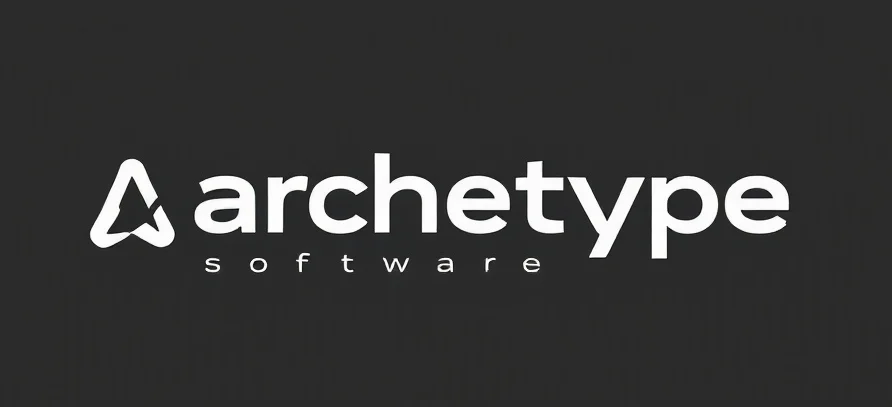Unveiling the World of Signage Hanging: More Than Just Mounting
Imagine walking into a bustling retail space or a sleek corporate environment. The first thing that catches your eye isn’t just the product on the shelves or the sleek furniture—it’s the signage. It guides, informs, and brands the space, transforming a simple message into a visual story. But have you ever stopped to think about how these signs are mounted, hung, and integrated into the environment? That’s where the intriguing world of signage hanging comes into play—a subtle art that combines engineering, aesthetics, and storytelling.
The Significance of Signage Hanging in Visual Communication
More Than Just Mounting: Creating Impact
Think of signage hanging as the backbone of visual communication in public and private spaces. It’s not merely about attaching a sign to a wall; it’s about crafting an experience. The right hanging method ensures the sign is visible, stable, and aligned with the environment’s aesthetic. When done correctly, signage becomes more than an informational element—it becomes a part of the narrative, guiding visitors seamlessly and reinforcing brand identity.The Storytelling Power of Proper Signage Placement
Storytelling isn’t confined to books or movies; it’s alive in the way a space is designed. The placement and hanging style of signage can influence the mood, direct traffic flow, and even evoke emotional responses. For example, a floating sign suspended from the ceiling can create an airy, modern vibe, while traditional wall-mounted signs foster a sense of stability and tradition. Every choice in signage hanging contributes to the story a space wants to tell.Choosing the Right Hanging Solutions: The Narrative of Engineering and Design
Understanding Different Hanging Methods
The world of signage hanging is diverse, much like the universe of sci-fi worlds we love. There are several techniques, each suited for different environments and messages:- Wall Mounts: The most common method, where signs are secured directly onto walls using brackets or anchors. Ideal for static, permanent displays.
- Suspended Signs: Hanging from ceilings using cables or chains, perfect for wayfinding or creating a sense of openness and flow.
- Floating Mounts: Signs that appear to hover in space, often utilizing hidden supports or transparent materials. These create a sleek, modern feel.
- Adjustable Hardware: Systems that allow signs to be repositioned or rotated, offering flexibility as the narrative or branding evolves.
Materials and Aesthetics: Crafting the Visual Story
The choice of materials—metal, acrylic, wood, or glass—also plays a crucial role. For a futuristic sci-fi vibe, sleek metals and transparent acrylics evoke a high-tech feel. For a cozy, vintage atmosphere, wooden signs with rustic mounting hardware work beautifully. The key is aligning the materials with the story you want your space to tell.Safety and Stability: The Unsung Heroes of Signage Hanging
Engineering for Longevity and Security
Just as a spaceship requires precise engineering to withstand the rigors of space, signage mounting demands attention to safety and stability. The structural integrity of hanging hardware ensures signs stay put through weather, vibrations, or the inevitable bumps of daily life. Using appropriate anchors, supports, and weight calculations prevents mishaps and preserves the story your signage is telling.Balancing Aesthetics and Safety
The challenge lies in seamlessly integrating safety measures without compromising aesthetics. Modern hardware options allow for sleek, unobtrusive mounts that blend into the environment while providing the necessary strength. It’s a careful dance—like balancing a spaceship’s design for both beauty and function.The Future of Signage Hanging: Innovations and Trends
Smart Mounting Systems
As technology advances, so do signage hanging solutions. Imagine signs that can be remotely adjusted or illuminated with embedded LEDs, all mounted with intelligent hardware that communicates with your building’s control systems. These innovations make signage more dynamic and adaptable—perfect for evolving narratives in retail or corporate spaces.Sustainable Materials and Methods
Eco-conscious design is also shaping the future. Using sustainable materials and minimal hardware not only reduces environmental impact but also aligns with modern brand stories emphasizing responsibility and innovation.Final Thoughts: The Silent Storytellers
Signage hanging might seem like a mundane technical detail, but in reality, it’s a vital part of visual storytelling. Every choice—from the hardware to the materials—crafts an experience that guides, informs, and enhances the narrative of a space. Whether you’re designing a sci-fi themed retail store or a cozy boutique, understanding the art and science of signage hanging empowers you to tell your story more effectively. So next time you see a sign floating gracefully from a ceiling or boldly mounted on a wall, remember—it’s more than just hardware. It’s a silent storyteller, anchoring your message in space and time. And with the right knowledge, you can turn any signage into a compelling chapter of your environmental story.Checkout ProductScope AI’s Studio (and get 200 free studio credits)
